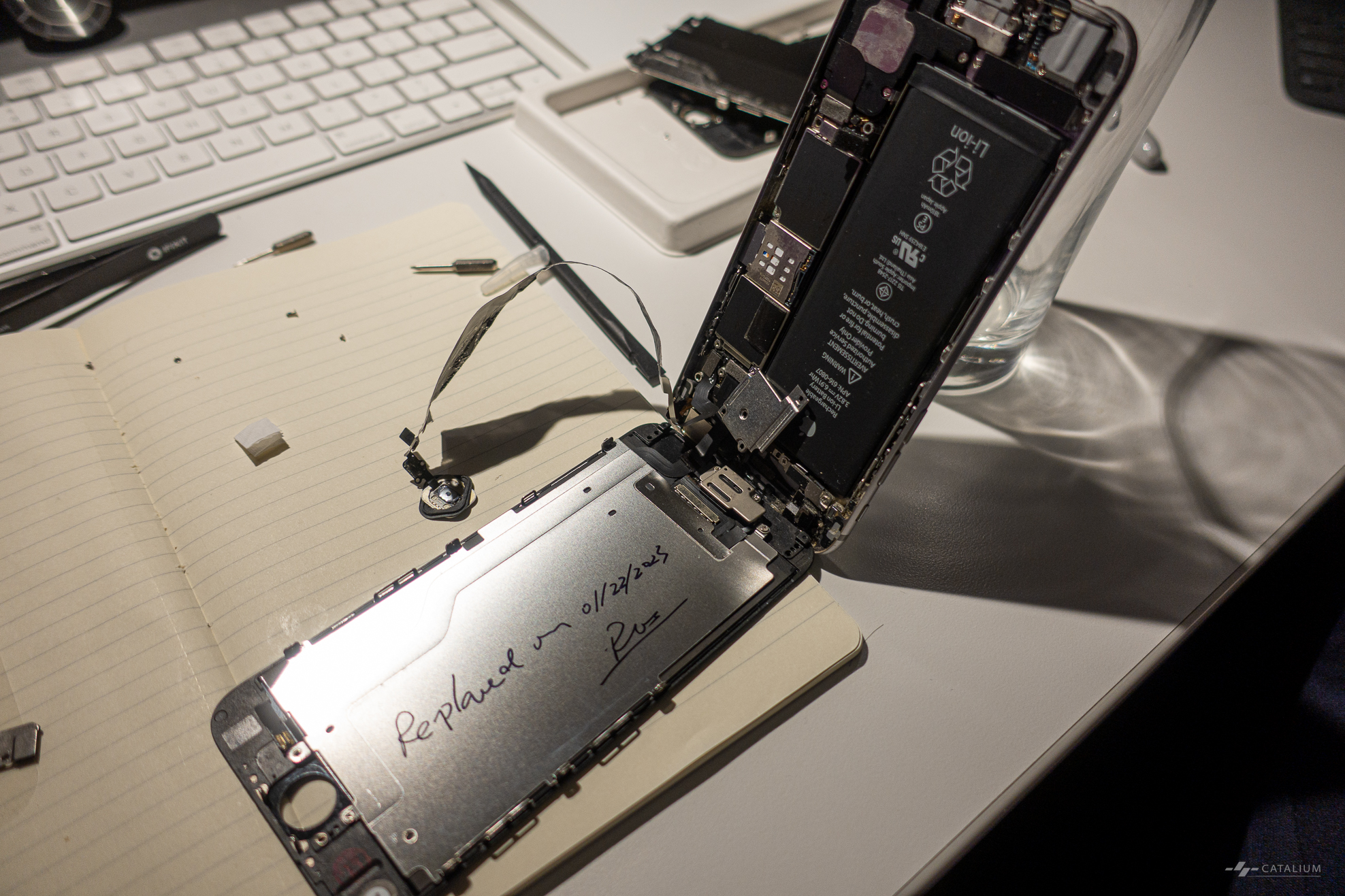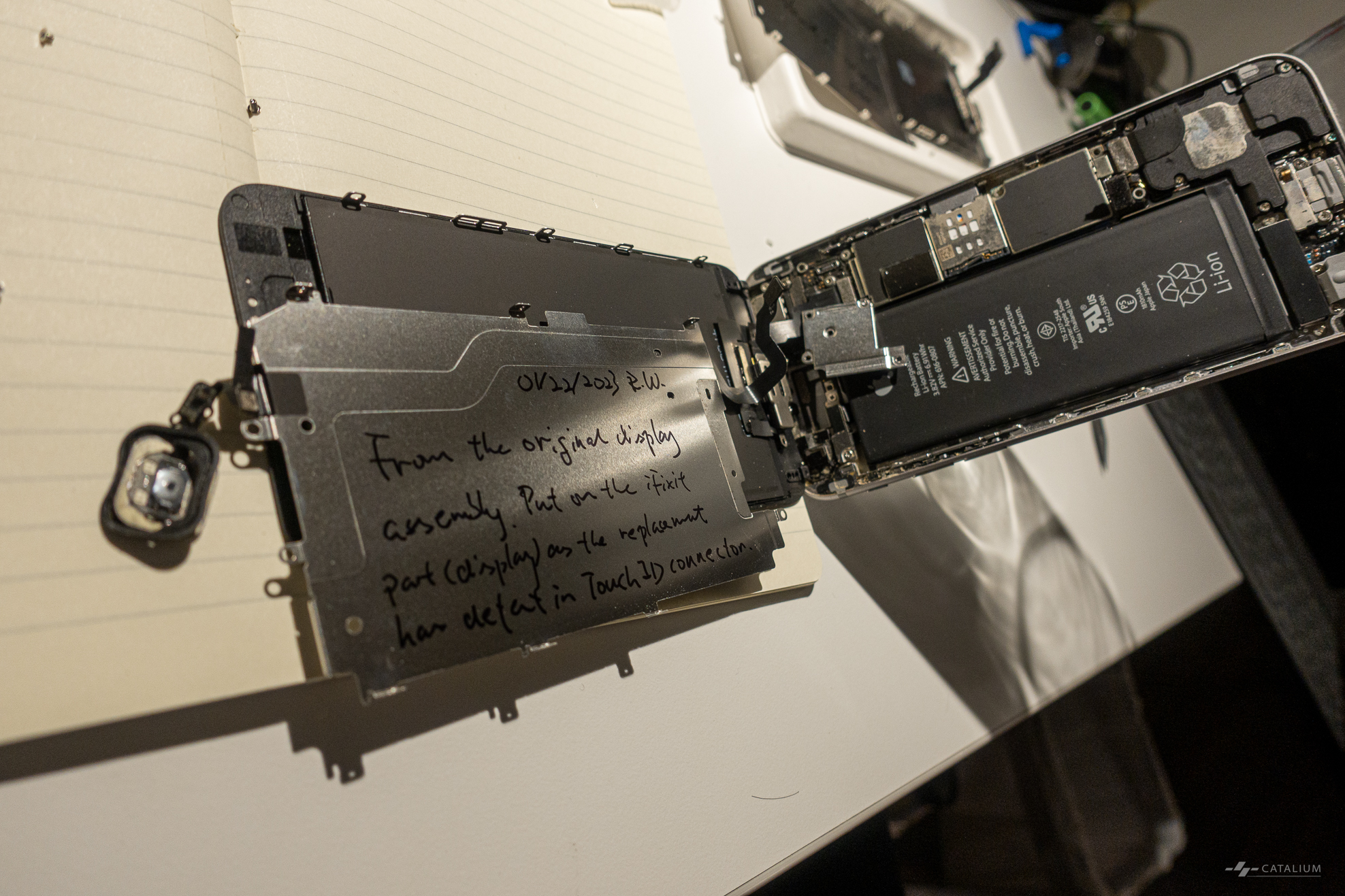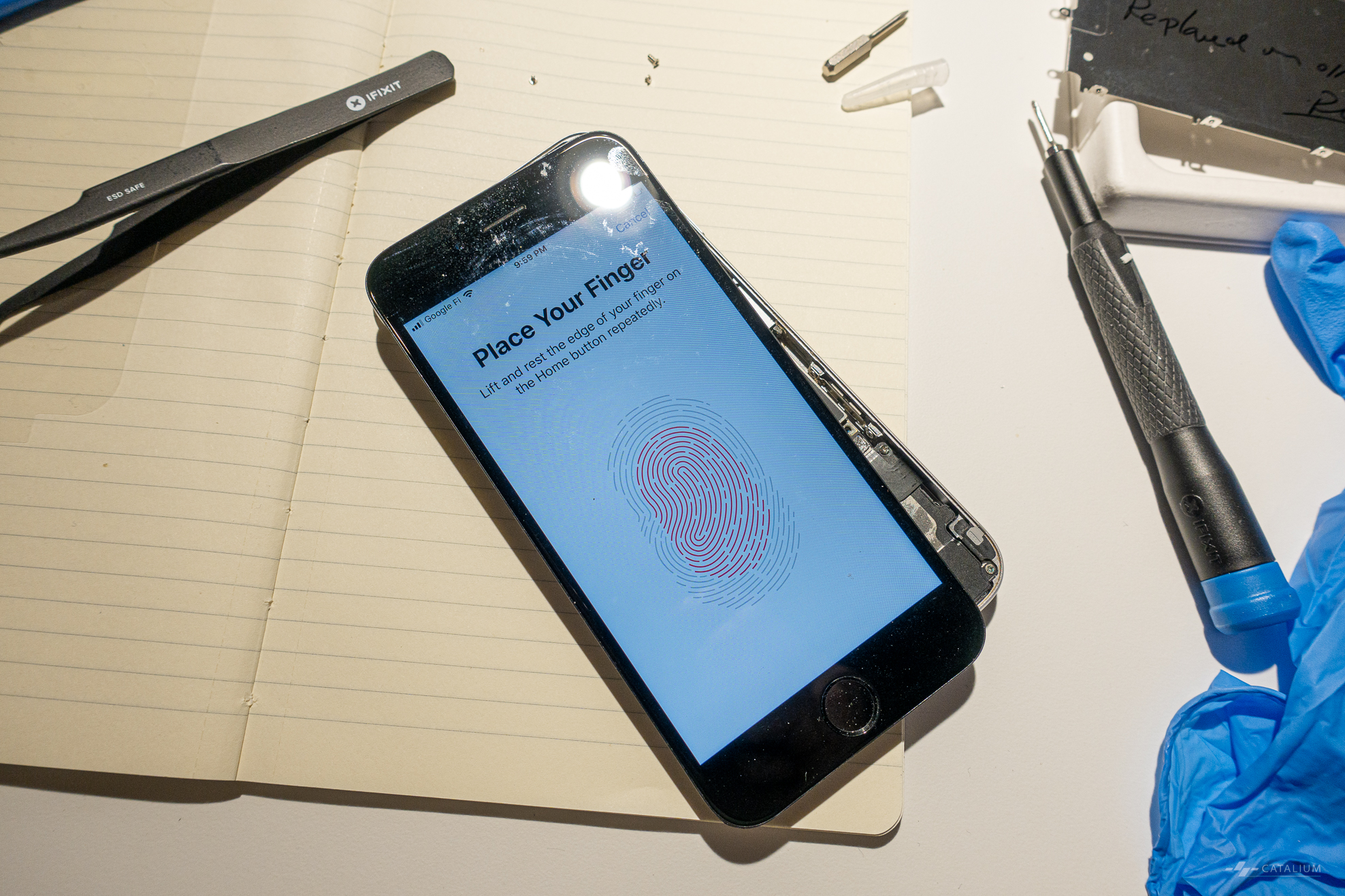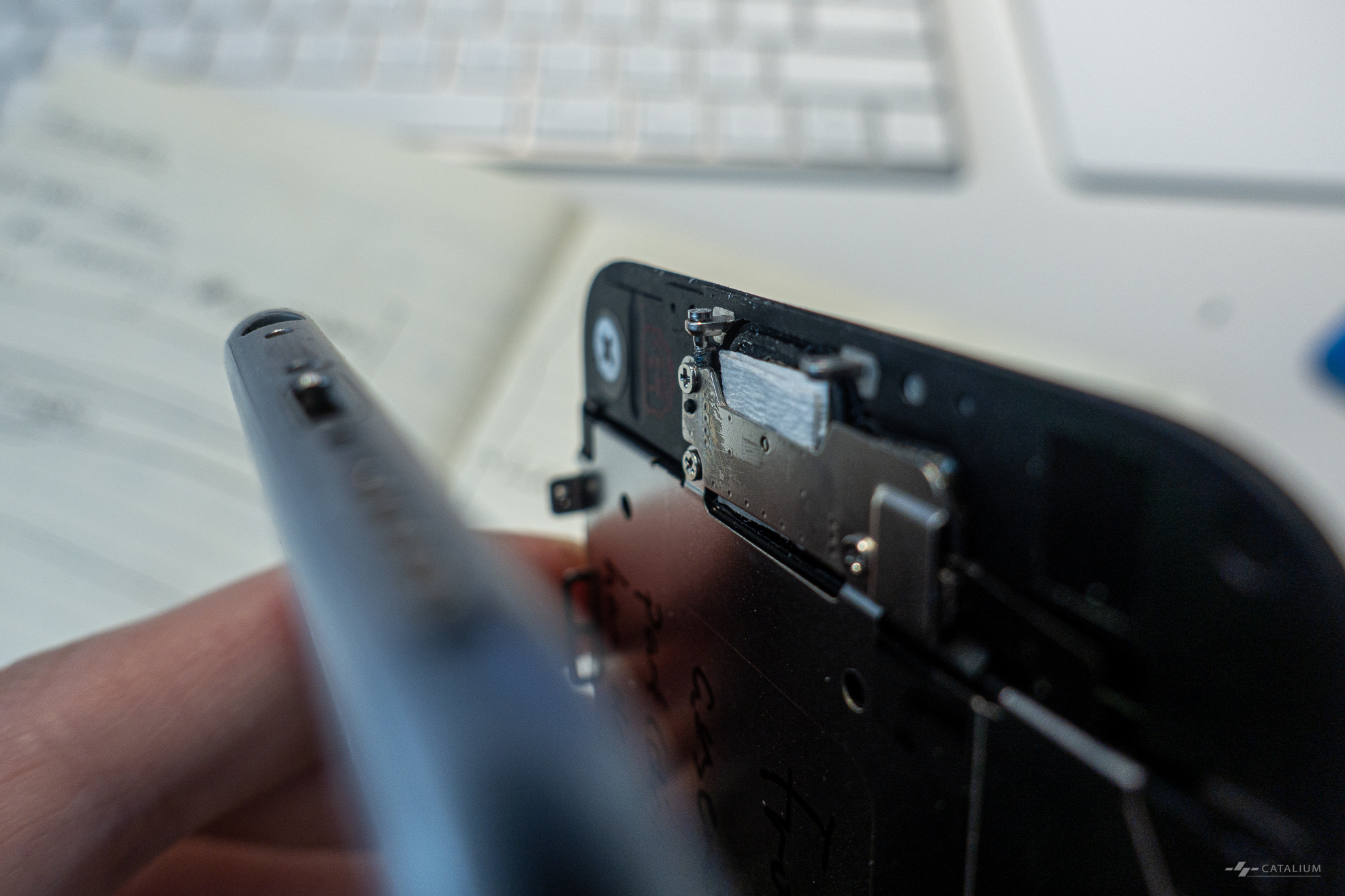Early this year, I dropped my 8+ years old iPhone 6 at the swimming pool change room, smashing its screen. Since I wanted an iPhone with USB-C, and there’s rumor that the 15th generation will have it, I decided to hold it till its 9th birthday and replace the shattered screen.
There were two options:
- Service at Apple Store, taking a few hours, and costing $129.
- Get an aftermarket screen kit, do it myself, for $60.
Given that my iPhone 6 has reached its End of Life, and I have been curious about the DIY fix experience for an iPhone, I order the screen repair kit from iFixit.
After spending 10 hours to get everything right, I’d recommend sending your phone to Apple if your phone needs the same love.
The Quality of Aftermarket Screen is Far from on Par with the Apple OEM Screen
Here are the details:
Touch ID Failure
The replacement of the front assembly was straightforward. However, during the test run before I reassemble it, I noticed the Touch ID would not work. Searching online, it’s not uncommon. In one thread on iFixit’s forum, a user pointed out that the Touch ID connector might have quality issues. There were two options for me: 1. Let it be, 2. contact iFixit and wait another week for a replacement.
I was bold enough to create a third option: transplant the Touch ID connector from the original front assembly to the aftermarket one. The cable connecting the sensor and the connector was as thin as paper, as delicate as a layer of paint. It was akin to conducting a surgery, but I made it. And it worked!



Uneven Backlight
Despite being a new screen, when lit up, you will spot areas that were excessively bright, and others too dark.
Over-Saturated Color
I noticed the red channel of the iFixit screen worked much harder than the blue and green channels. This resulted in a much warmer display content than the original. Whenever there was a red element in an image, it jumped out so much it was like someone had over-tuned the photo.
No Oleophobic and Other Coatings
A noticeable difference was swiping on the new screen had more resistance, and it collected fingerprints from day one. Even after 8 years of use, the original screen did a much better job staying clean.
Tilting the aftermarket screen against a light source, I also notice it has much stronger reflection than the OEM (or any OEM screens). This means it has poor translucency and it is more prone to glares. In addition, the reflection is skewed, meaning the screen is not flat.
Poor Tolerance Control
When I installed the original Touch ID sensor to the new screen’s Touch ID bracket, I found the sensor was not fully secure. I had to put a few layers of papers to support the sensor. It was wild.

When I tried to reassemble the screen, it wouldn’t fix exactly into the back frame. There was always a side about 0.5 mm extruded out.
When I fastened the original pentalobe screws back, I found they didn’t fully secure with the screw holder on the replacement assembly. Awkward enough, it wouldn’t come out either. I used a strong magnet to pull it out. Only to find the inside diameter of the screw holder was larger than the original screw! Eventually, I had to apply super glue to fasten the screw.
Time Consumption
From studying the tutorial, to working on it, to debugging the Touch ID issue, to finally “fastening” the last screw, I spent 10 hours.
Knowing all the issues, would you choose the aftermarket screen to save $60?
Thoughts on the Right to Repair Movement
Despite my bumpy ride, I fully support the Right to Repair movement.
Customers should have options to solve problems. If you are cost-sensitive, or you are fixing something not delicate as a smartphone screen, choosing an aftermarket DIY solution could be a smart choice.
If I were a regulator, I would hope that OEMs could set standards for aftermarket parts. I assume OEMs authorize the aftermarket parts manufacturers about the production and receive a slice of the revenue for their IP? If so, OEM can also set a minimum bar to guard the user experience. In the meantime, the aftermarket parts should keep transparent about the differences between the OEM and the aftermarket products—if I wasn’t naïve enough to think they were the same, I would just head straight to Apple Store for the fix.
